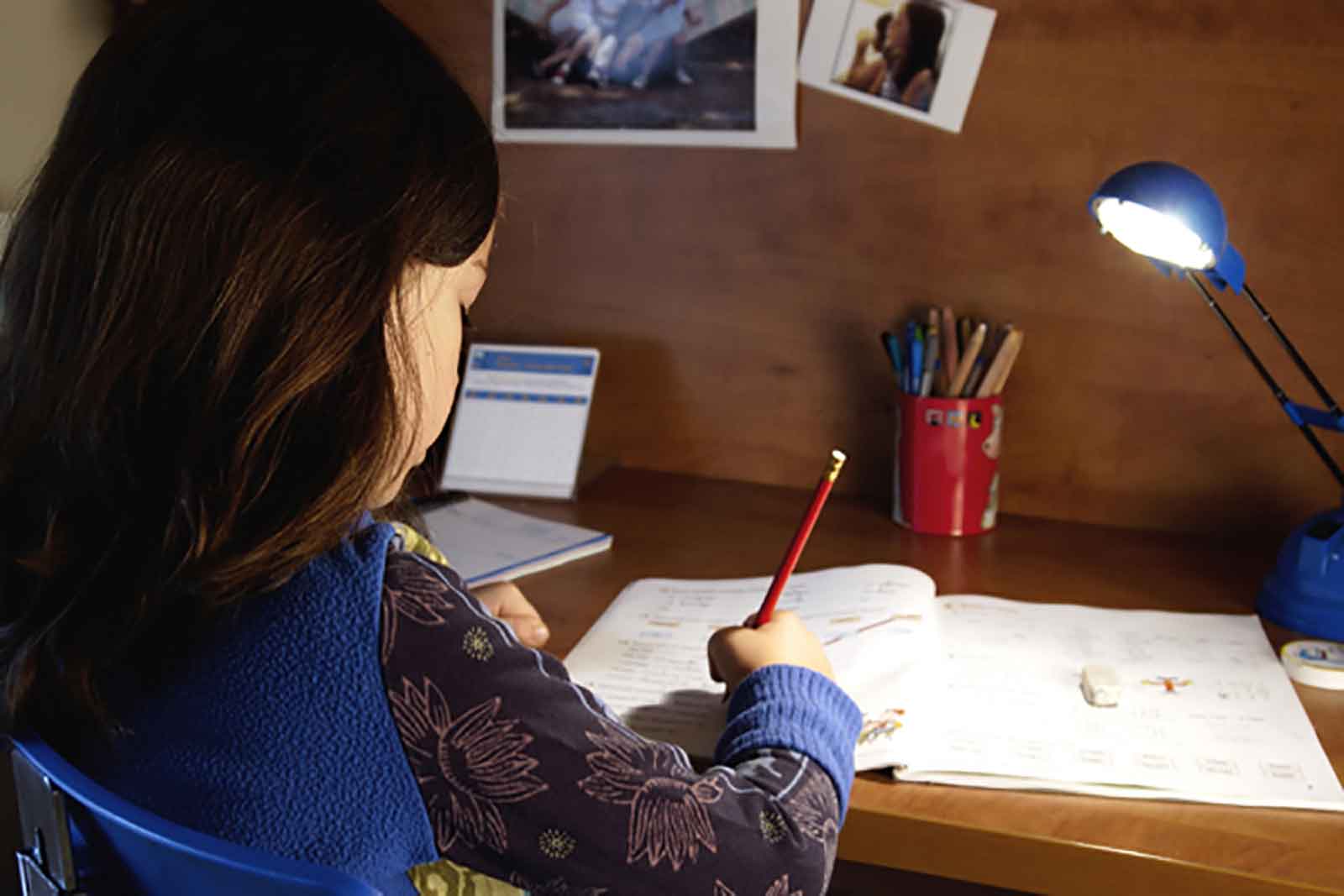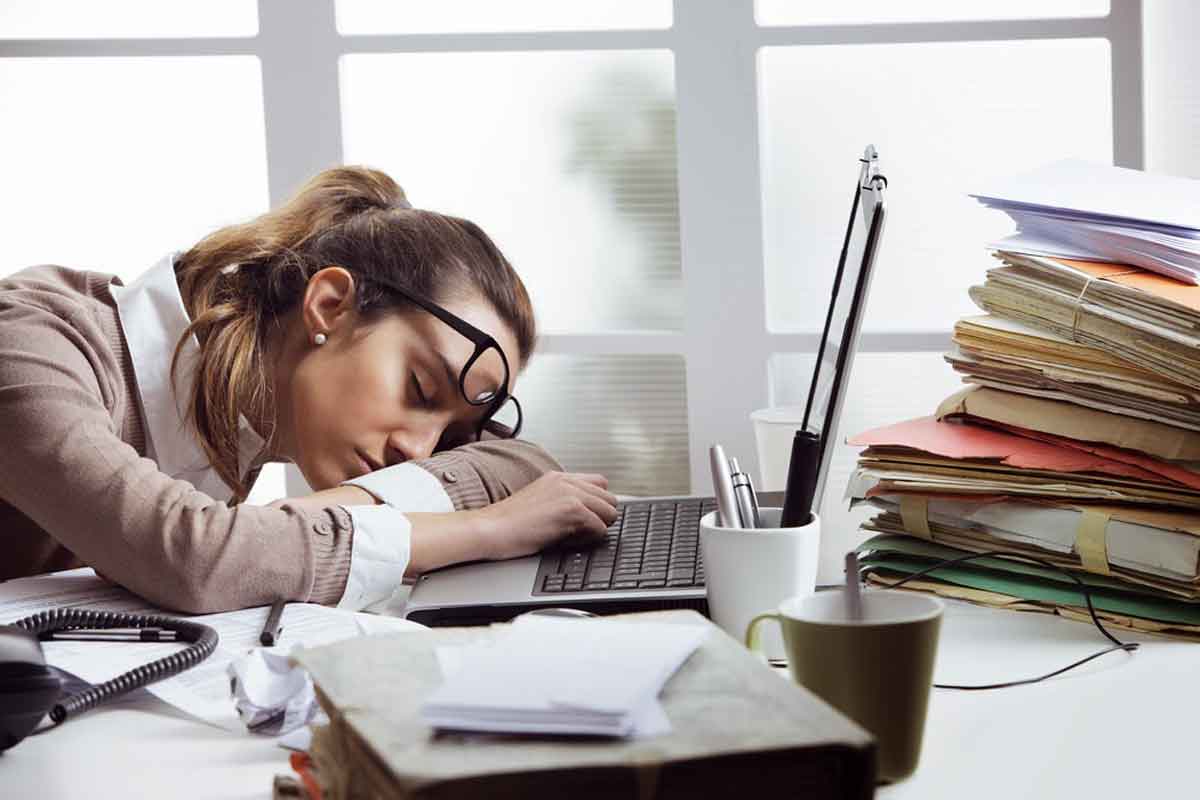Napping at school and the science of chronobiology
September 17, 2019
Do you ever feel that you are not as productive as you used to be?
Everybody feels this way at some point, as our brains need periods of rest in order to work at their full capacity. Even if you have had several days in which your performances were outstanding, there comes a time when you won’t feel capable of delivering at the same level. Thus, understanding the concept of chronobiology, the natural cycles of the body, can mean being able to recognize when your brain needs to rest itself so that you can continue to work at high levels and deliver the best possible results.

Of course, things are more complicated than they seem, as we all tend to work on different schedules. So, it is worth taking a closer look at how our mind works day after day, recognizing when we are most productive. Specialists state that our brain works best at midday. Of course “midday” is not the same for everyone. Commonly you can feel most productive between 10 a.m. and 2 p.m., with a fatigue gap until 4 p.m., from where your productivity may get back on track until 10 p.m.. Therefore it seems that a nice nap between 2 p.m. and 4 p.m. may be necessary in order to maximize your potential throughout the day. Known as the “post-lunch dip”, this is a period in which our brain slows down significantly. You have probably experienced this, when your mind wants to take a break after lunch instead of keeping up the same pace.
Articles

In the period since COVID forced many of us back home and out of the office, remote work has become the new norm for many. The flexibility of working from home, especially for those with small children, is very compelling, but making a productive workspace is more than setting up a desk in the spare room. More people are seeking to create functional and comfortable workspaces in their homes, however, it can be difficult to strike the right balance between a professional office space and a cosy home environment. Here are some tips for designing a home workspace that meets both of these needs: Dedicate a specific area for work Designating a specific area for work is essential for separating work from leisure time. This could be a separate room or just a corner of a room. It is important to make sure that the workspace is free from distractions and clutter, as this will help you stay focused and productive. Choose the right furniture Ergonomic furniture is key to a comfortable and productive workspace. Invest in a comfortable chair, a desk that is the right height, and a good-quality mouse and keyboard. If you are prone to back pain, consider a standing desk. Add personal touches Just because your workspace should be functional, doesn’t mean it can’t be personal. Add photos, plants, and other personal items to make the space feel like your own. This will help create a sense of comfort and make you feel at home in your workspace. Good lighting Good lighting is essential for a comfortable workspace. If possible, place your desk near a window for natural light. If not, invest in a high-quality desk lamp to provide bright, even light. Keep it organised An organised workspace will help you stay productive and focused. Use desk organisers, filing cabinets, and other tools to keep your work area free from clutter. A clean and organised workspace will also help you start each day with a clear mind. Consider your work style Think about the type of work you do and how you like to work. If you prefer a minimalist workspace, opt for a simple desk and a few basic supplies. If you need space for multiple screens and other technology, make sure you have enough room to work comfortably. Take breaks It’s important to take breaks throughout the day to avoid burnout. Step away from your desk, go for a walk, or do some stretching exercises to clear your mind and recharge.











